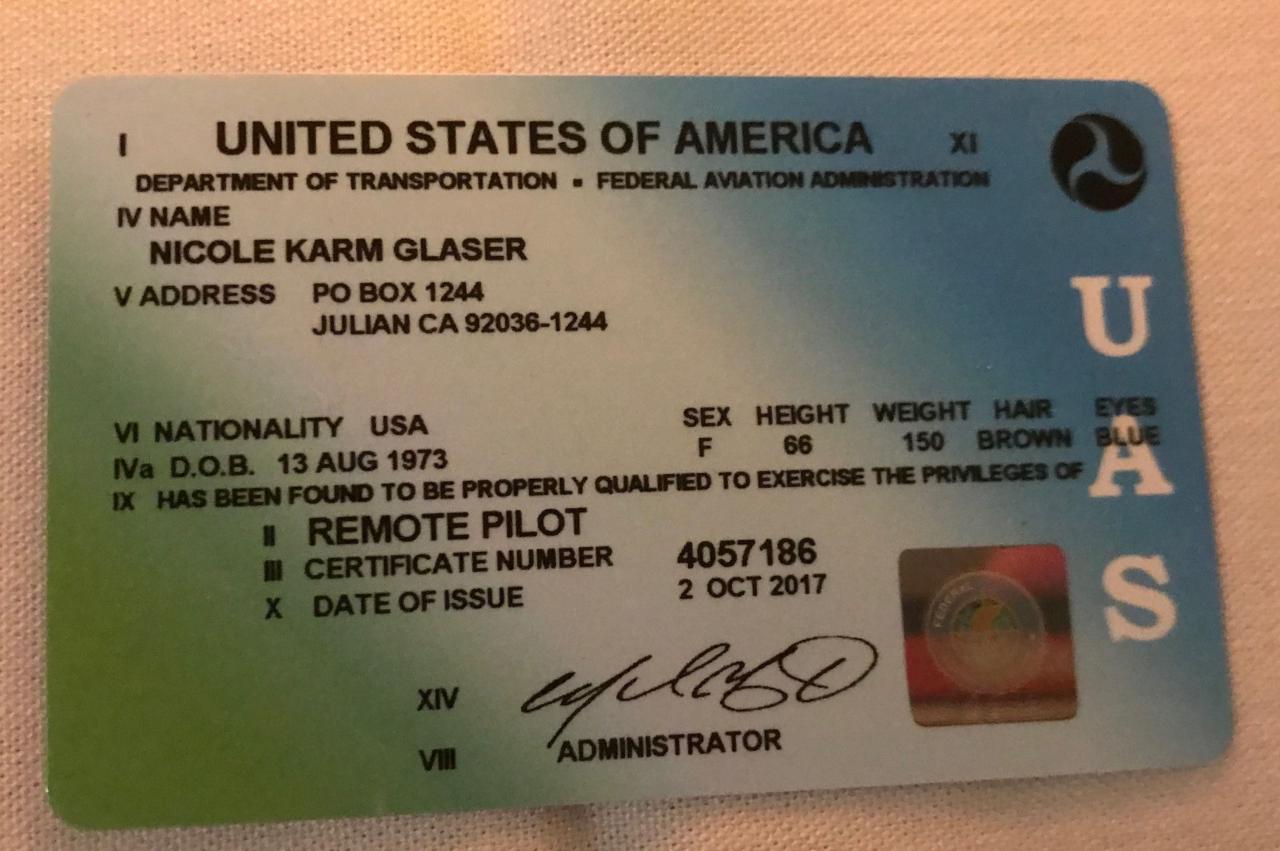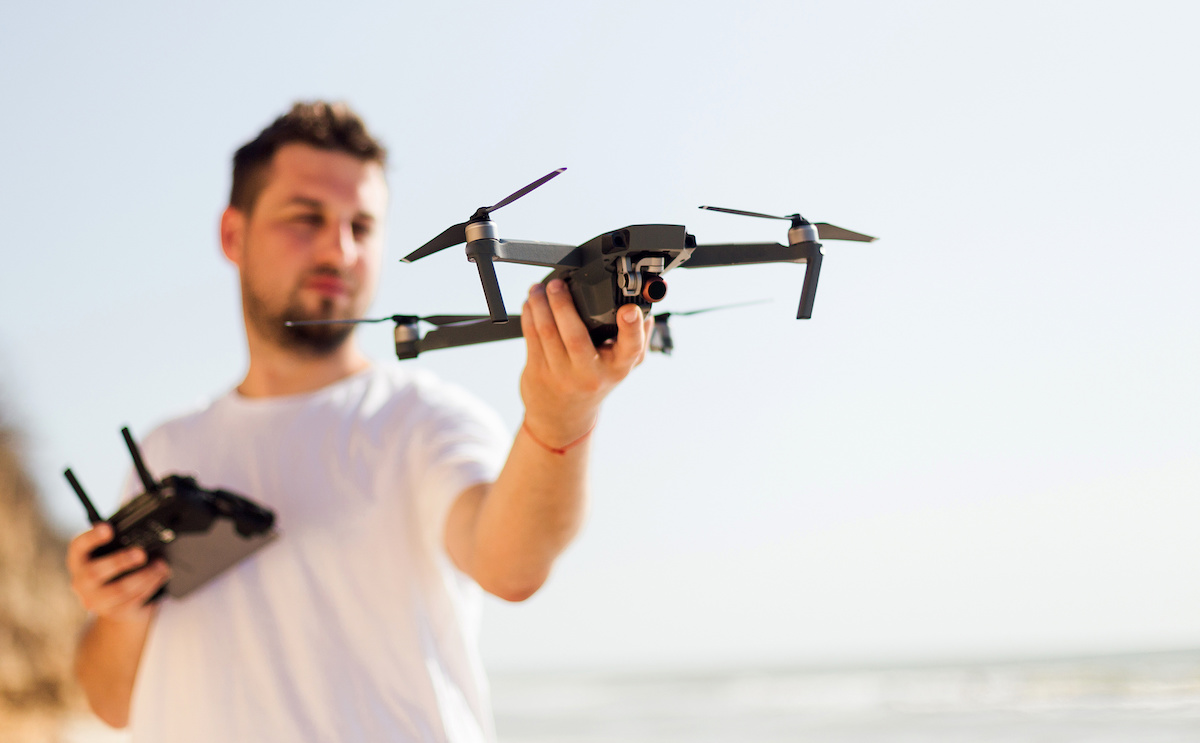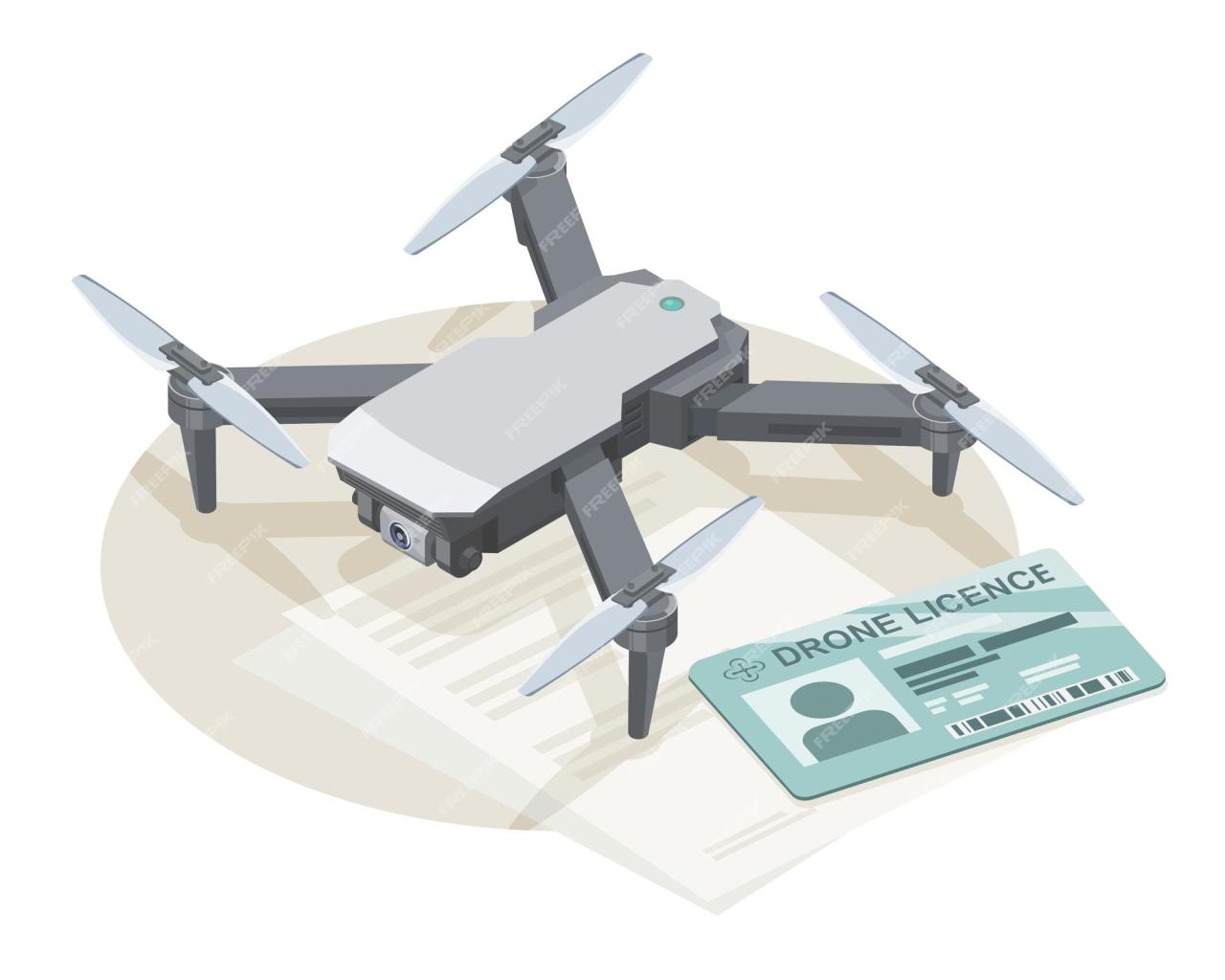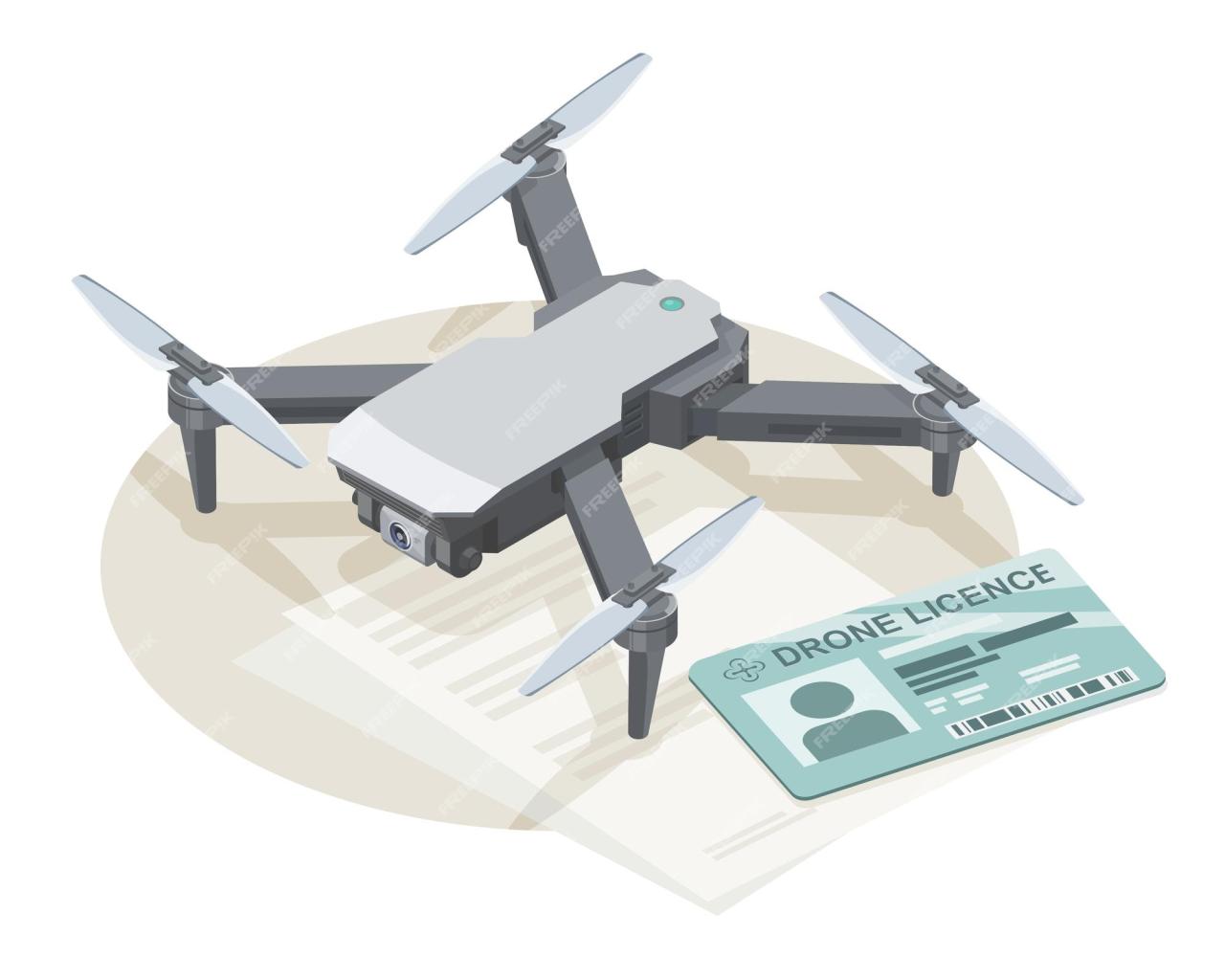Drone Pilot License Canada: Want to soar above the Canadian landscape with your drone? Getting your drone pilot license might seem daunting, but it’s a straightforward process once you understand the requirements. This guide breaks down everything you need to know, from the different license classes and training programs to the exam process and ongoing regulations. We’ll cover the essentials to help you safely and legally take to the skies.
This guide will walk you through the various stages of obtaining your drone pilot license in Canada. We’ll explore the different license classes available, detailing the knowledge requirements and flight restrictions for each. We’ll also provide information on reputable training programs across the country, helping you choose the best fit for your needs and budget. We’ll then delve into the examination process, offering tips and strategies for success.
Finally, we’ll discuss post-licensing requirements, insurance, and exciting career opportunities in the rapidly expanding drone industry.
Canadian Drone Pilot Licensing: A Comprehensive Guide
Navigating the world of drone piloting in Canada requires understanding the licensing requirements, training programs, examination process, and ongoing regulations. This guide provides a clear and concise overview to help aspiring drone pilots successfully obtain their license and operate safely and legally.
Thinking about getting your drone pilot license in Canada? It’s a smart move, opening up lots of opportunities. To understand the market potential, checking out the performance of companies like ses stock can give you valuable insight into the industry’s growth. This helps you gauge the long-term prospects of your new drone piloting career. So, get licensed and start planning your future!
Canadian Drone Pilot Licensing Requirements
Canada’s drone licensing system categorizes pilots based on the complexity and risk associated with their operations. Understanding these categories is crucial for choosing the right license.
There are primarily two classes of drone pilot certificates: Basic and Advanced. The Basic certificate allows for simpler operations, while the Advanced certificate opens doors to more complex and potentially commercial uses. Specific requirements vary depending on the weight and intended use of the drone.
To obtain a drone pilot license, you’ll need to pass a knowledge exam and, depending on the class of certificate, potentially a practical flight test. The process involves registering your drone, completing approved training, and successfully completing the required examinations.
| License Class | Flight Restrictions | Required Training | Examination Details |
|---|---|---|---|
| Basic | Limited to visual line of sight (VLOS), under 25kg drone weight, no operations near airports or other sensitive areas. | Online course covering airspace regulations, safety procedures, and operational limitations. | Written knowledge exam covering regulations and safe operation practices. |
| Advanced | Beyond visual line of sight (BVLOS) operations may be permitted with additional authorization, drone weight restrictions may vary based on specific authorization, stricter operational limitations near airports and sensitive areas. | Comprehensive training program including theoretical knowledge and practical flight training, covering advanced operational techniques and risk management. | Written knowledge exam and practical flight test evaluating piloting skills and adherence to safety regulations. |
Drone Pilot Training Programs in Canada
Several reputable organizations across Canada offer drone pilot training programs catering to different experience levels and licensing requirements. Choosing the right program is crucial for success in obtaining your license. Consider factors such as curriculum, duration, cost, and instructor experience when making your decision.
- Provider A: Offers both Basic and Advanced certification programs, known for its comprehensive curriculum and experienced instructors. Includes both theoretical and practical flight training. Cost varies depending on the chosen program.
- Provider B: Specializes in Advanced certification, focusing on BVLOS operations and commercial applications. Curriculum includes advanced topics like flight planning, risk assessment, and drone maintenance. Higher cost reflects the specialized training.
- Provider C: Offers online and in-person training options for Basic certification. Affordable and flexible, suitable for those with limited time commitments. Less emphasis on practical flight training compared to other providers.
The Drone Pilot Examination Process, Drone pilot license canada

The examination process for drone pilot licenses in Canada consists of a written knowledge exam and, for Advanced certificates, a practical flight test. Thorough preparation is essential for success.
The written exam assesses understanding of regulations, safety procedures, and operational limitations. The practical flight test evaluates piloting skills, emergency procedures, and adherence to safety protocols. A sample study plan should include reviewing relevant regulations, practicing flight simulations, and seeking feedback from experienced pilots.
Example Exam Question: What is the minimum distance a drone must maintain from people not involved in the operation?
Answer: The minimum distance varies depending on the drone’s weight and the type of operation, but generally, it is 75 meters unless specific exemptions apply.
Thinking about getting your drone pilot license in Canada? It’s a smart move, opening up lots of opportunities. You’ll want reliable connectivity, and that’s where companies like bell mts come in, offering strong networks crucial for drone operations. So, secure your license and then look into reliable service providers to ensure your drone flights are smooth and successful.
Post-Licensing Requirements and Regulations
Maintaining a valid drone pilot license involves ongoing responsibilities, including staying updated on regulations and reporting any incidents or accidents. Understanding airspace classes and operational limitations is crucial for safe and legal drone operations.
Thinking about getting your drone pilot license in Canada? That’s awesome! A big part of responsible drone operation is keeping your equipment in top shape, so knowing where to go for repairs is key. If you’re flying a DJI drone, check out dji drone repair options to keep your bird flying smoothly. Once you’ve got your license and your drone’s ready, you’ll be soaring through the Canadian skies in no time!
Common violations include operating beyond visual line of sight without authorization, flying near airports without permission, and failing to maintain appropriate distances from people and property. Consequences can range from fines to license suspension or revocation.
Drone Insurance and Liability for Canadian Pilots
Drone insurance is essential for protecting yourself against financial liability in case of accidents or damage caused by your drone. Different policies offer varying levels of coverage, and choosing the right one depends on your operational needs and risk profile.
Liability insurance covers potential damages to third-party property or injuries caused by your drone. Consider factors such as the type of operations you conduct, the value of your drone, and the potential risks involved when choosing a policy.
Career Opportunities for Drone Pilots in Canada

The growing demand for drone services in various industries creates diverse career opportunities for licensed drone pilots. Salaries vary based on experience, specialization, and employer.
| Career Path | Required Skills | Average Salary | Job Outlook |
|---|---|---|---|
| Commercial Drone Pilot | Advanced piloting skills, knowledge of relevant regulations, proficiency in drone maintenance, strong communication skills. | $50,000 – $80,000+ (CAD) per year | Strong, growing demand across various sectors. |
| Drone Surveyor | Expertise in surveying techniques, ability to process and interpret drone imagery, knowledge of GIS software. | $60,000 – $100,000+ (CAD) per year | Growing demand in construction, agriculture, and environmental monitoring. |
Technological Advancements and their Impact on Drone Piloting
Rapid technological advancements are transforming the drone industry, impacting pilot training, operational procedures, and safety protocols. Autonomous flight systems are changing the role of drone pilots, requiring adaptation and new skill sets. Emerging technologies such as AI-powered obstacle avoidance and advanced sensor integration are enhancing safety and operational efficiency.
For example, the integration of advanced sensor systems allows for more precise data collection and improved situational awareness. This leads to safer and more efficient operations, particularly in complex environments. The increasing capabilities of autonomous flight systems will likely lead to a shift in the role of drone pilots, focusing more on mission planning, data analysis, and fleet management.
Last Point: Drone Pilot License Canada

Navigating the world of Canadian drone piloting might seem complex, but with the right information and preparation, it’s entirely achievable. Remember to carefully review all regulations and choose a training program that suits your learning style. By understanding the licensing process, adhering to safety protocols, and staying informed about industry advancements, you can confidently and responsibly enjoy the exciting possibilities of drone operation in Canada.
Safe flying!
FAQ
What are the age requirements for a drone pilot license in Canada?
There’s no minimum age, but you must be capable of understanding and following all regulations.
How long is a drone pilot license valid for?
Canadian drone licenses are currently not time-limited; however, this could change, so stay updated on regulations.
Can I fly my drone at night?
Night flights usually require additional authorization and might be restricted depending on your license class and location.
What happens if I violate drone regulations?
Penalties can range from warnings and fines to license suspension or revocation.
